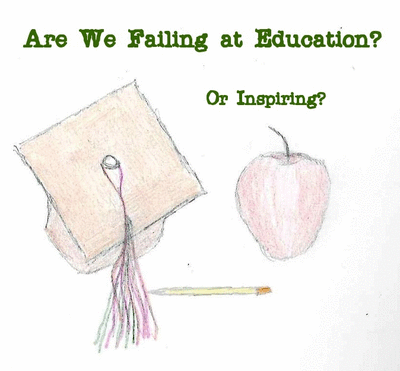Military students are precious contributors to
society and have the discipline mixed with service mentality to help them. To
understand these students better requires a look at where and how they enroll
within the education system. A 2011 report by the National Center for Education Statistics helps understand
what these students are doing in college from a more macro scale.
The study
relies on the 2007–08 National Postsecondary Student Aid Study (NPSAS:08) and
the 2004/09 Beginning Postsecondary Students Longitudinal Study (BPS:04/09) to
come to some interesting conclusions. Key findings include:
-In
2007–08, 4 percent of all undergraduates and 4 percent of all graduate students
were either veterans or current military service members.
-Majority
of students were male and married.
-A
higher percentage, when compared to non-military students, attended private nonprofit 4-year
institutions and were as likely as non-military students to attend public
2-year colleges.
-Were more
likely to take an online course.
-Often
studied computer and information sciences
more often than their nonmilitary peers.
-More than non-military students waited 7 years
between undergraduate education and starting graduate education.
-Were more likely than others to take graduate
courses online.
The report does highlight the idea that such
students were likely to attend traditional schools and they choose these
colleges for institution, cost, and the programs. As these students graduated
and started careers with their families they were more likely to attend online
graduate schools. This may be due their competing interests and family needs
align more greatly with a 24/7 college access style.
When compared to their non-military college students,
veterans received their aid primarily at public 2-year (66 percent vs. 48
percent) and public 4-year institutions (81 percent vs. 67 percent). No
detection of difference between private nonprofit and for-profit institutions
could be found. The aid followed the students and their choice of selection.
Compared with their non-military peers they pursued
a master’s degree more often (77 percent vs. 65 percent) but were less likely
to pursue a doctorate (9 percent vs. 15 percent). These students attended class
part-time more often (35 percent vs. 26 percent) and preferred online graduate
courses (38 percent vs. 21 percent).
Military students are unique compared to
non-military students. They are likely to get married and start families early.
Their choice of educational careers often focus on computer, information,
education and healthcare. The far majority attend proximal traditional 2-year
and private non-profit schools with their educational aid. After some time they
may consider going back to graduate school and prefer online education that
fits their unique needs.
National Center for
Educations Statistics (2011). Military
Service Members and Veterans: A Profile of Those Enrolled in Undergraduate and
Graduate Education in 2007-08. (. Stats in Brief. NCES 2011-163, ED524042). U.S. Department of Education.

